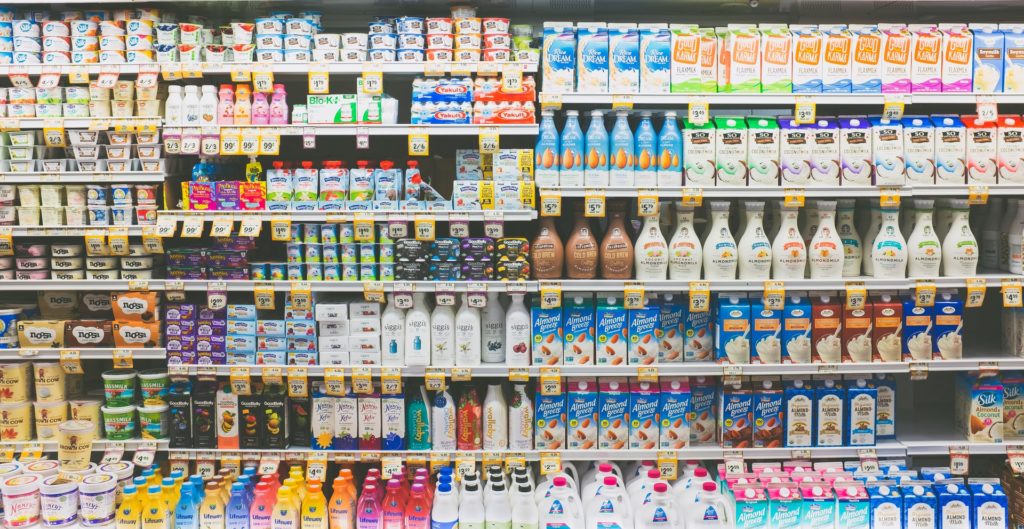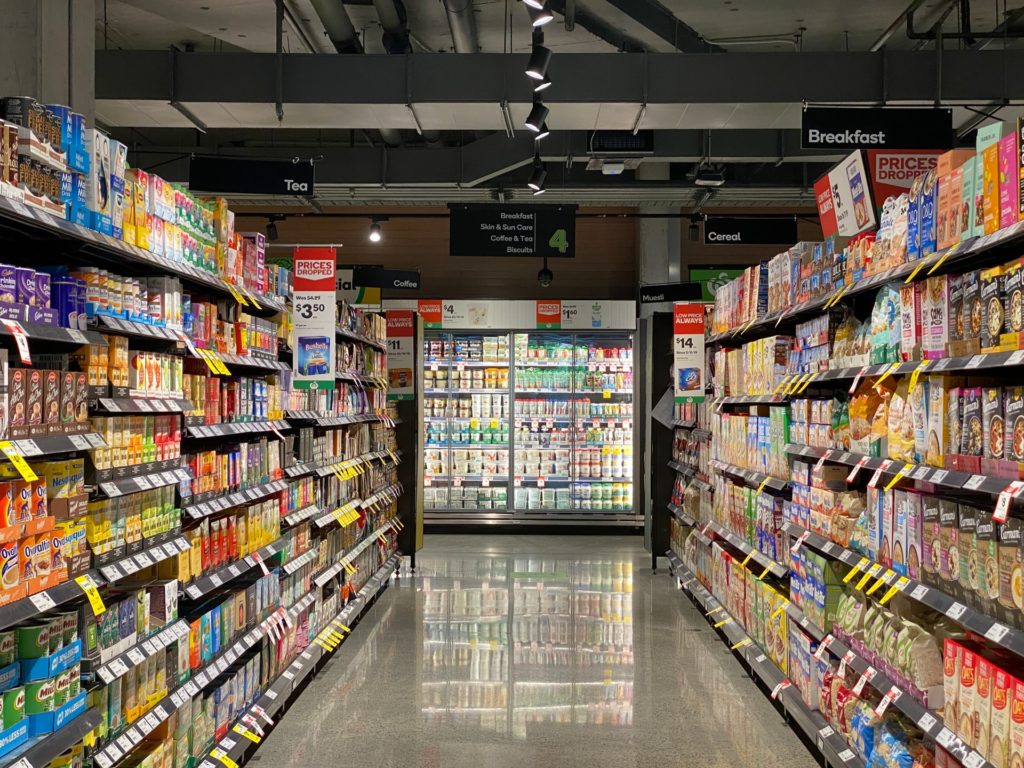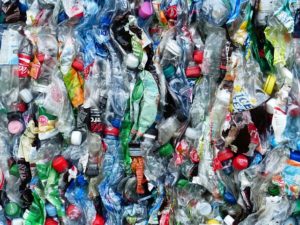Growing Concerns Over Chemicals Used in Food Packaging

In today’s world, most food comes in some type of packaging. Food packaging includes numerous materials, from metal and enamel in cans, to paper, cardboard and plastic. Packaging is often necessary to protect and preserve food for shipping and sale. It often includes elements designed to market the food or make it more attractive and appealing. Due to its functional nature, packaging is often developed to meet specific needs. As such, chemicals are frequently added to improve the functional nature of packaging.
Ideally, packaging should be inert. In other words, food that is in contact with packaging will not be changed or contaminated through its exposure. Unfortunately, in practice, finding fully inert materials that still satisfy the requirements for food packaging is challenging.
Concerns have been raised previously over chemicals found in food packaging and other materials that contact food (Schaider 2017, Muncke 2014). Bisphenol A (BPA) and phthalates found in different plastics can migrate into food products during exposure (Schecter 2010, Serrano 2014). Fluorinated compounds are commonly encountered in fast food wrapping, cookware and other stain resistant materials and also raise serious health concerns (Seltenrich 2020).
A more recent study attempting to explore the extent of the problem involving chemicals in food packaging and other food-contact materials helps to further identify the full scope of the problem (Geueke 2022).
The Latest Study: “Systematic Evidence on Migrating and Extractable Food Contact Chemicals”
The study included an exhaustive review of the research on chemicals that could potentially migrate into food products. The final analysis included 1210 studies of 3142 chemicals used in food packaging and other food-contact materials. Of these chemicals, 2881 had direct evidence of migrating into food.
Even more concerningly, a comprehensive list of the known chemicals used by industry included just 35% of the identified chemicals. The findings suggest a large quantity of poorly identified and acknowledged chemicals that are migrating from food packaging into food for human consumption.
What Else Was Found?
Of the included studies in the review, half were on chemicals from plastics. An additional 20% of studies focused on paper and cardboard packaging. A significant portion of the research focused on fluorinated compounds often used to make packaging waterproof or greaseproof. These chemicals are commonly referred to as “forever chemicals” since they don’t break down readily in the environment. They’ve also been associated with significant health concerns, including cancer, liver disease, immune dysfunction, reproductive harm and hormonal dysregulation (Pelch 2019).

Six of these “forever chemicals,” or polyfluoroalkyl chemicals (PFAS), were frequently detected migrating into food. Notably, none of these six chemicals are publicly acknowledged as being used in the food packaging industry. It’s likely they are being used as replacements for banned chemicals, since health concerns and regulations have been growing around PFAS in general (Kwiatkowski 2020).
The study highlights how little we know about the chemicals we are exposed to from food packaging. While a significant amount of attention and research has been given to BPA, phthalates and PFAS, there are thousands of other chemicals that also contaminate our food.
A Cause for Concern?
The effects of many of these chemicals on human health are unknown. It is likely that a significant percentage are harmless or have low health risks in the quantities found in food. However, the task of trying to understand and regulate these chemicals, considering their vast number, is daunting at best. And considering the controversy and pushback from industry on well-known chemicals of concern like BPA, phthalates and PFAS, it could be decades before we have any reasonable understanding of how these chemicals are impacting human health.
Conclusion
While there are multiple unknowns, at the very least, we need a better understanding of the chemicals used in food packaging and their presence in food. While newer analytical tools may help speed up our understanding (Pourchet 2020), it will still likely take significant time and resources to develop a full accounting of the relevant health effects from these chemicals. For the short-term, focusing on eating whole foods that minimize packaging is a simple way to reduce exposure.



